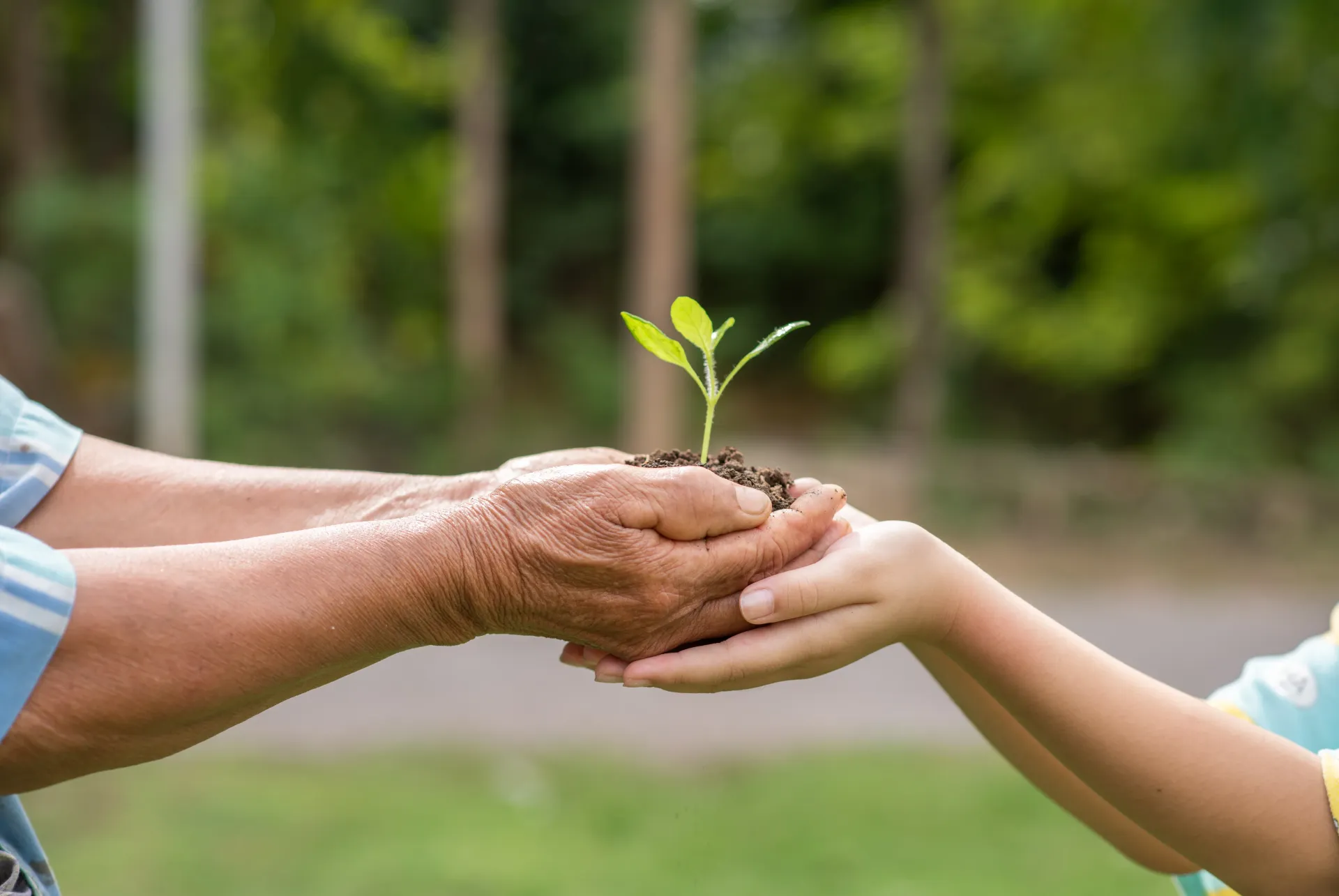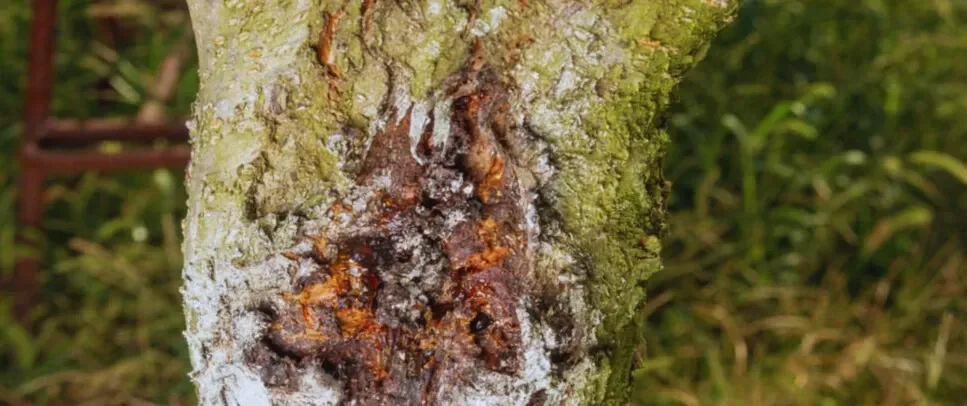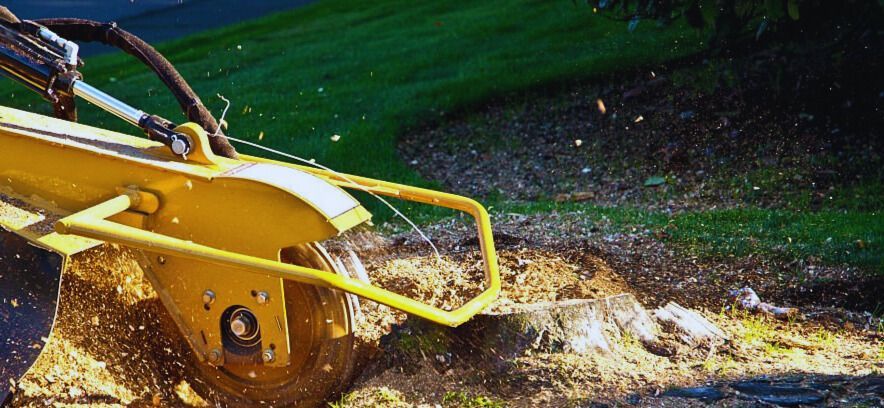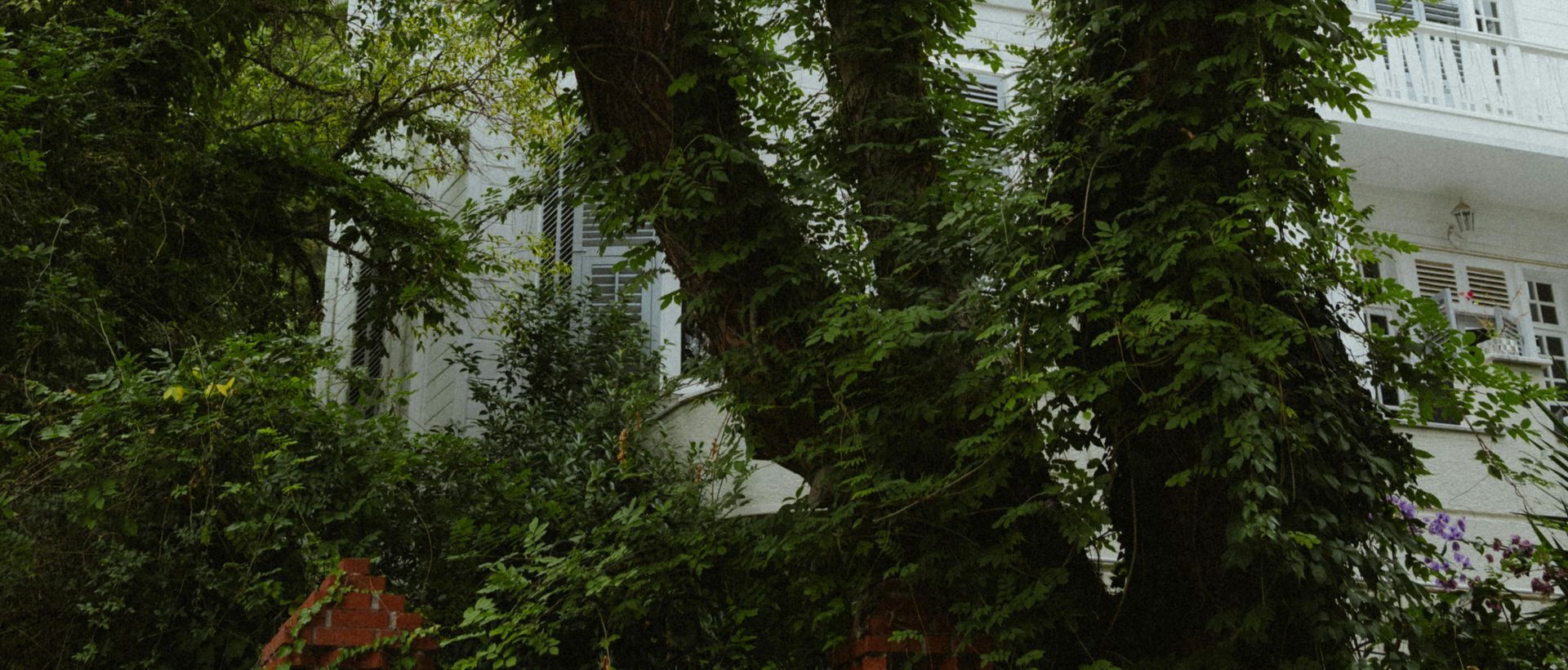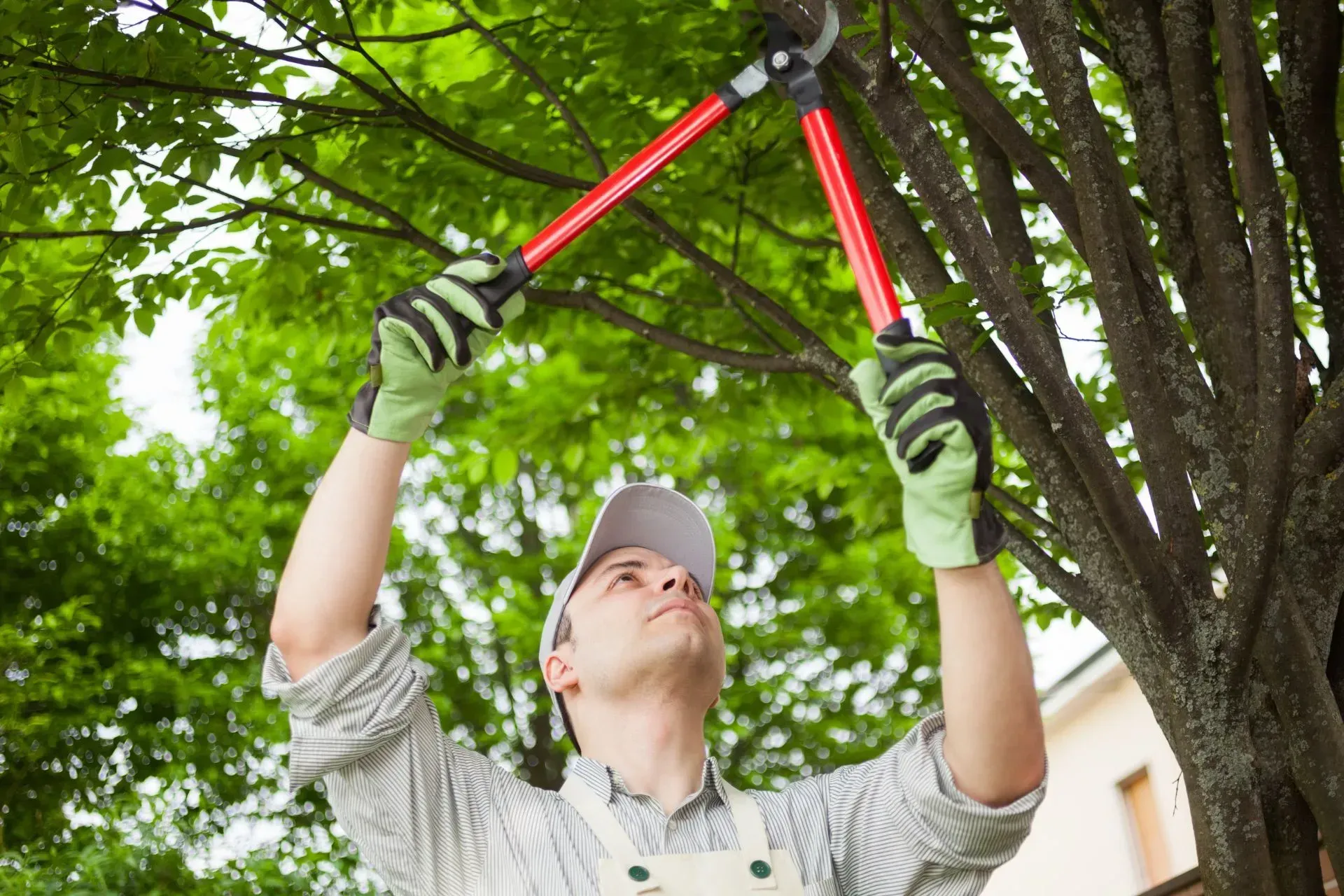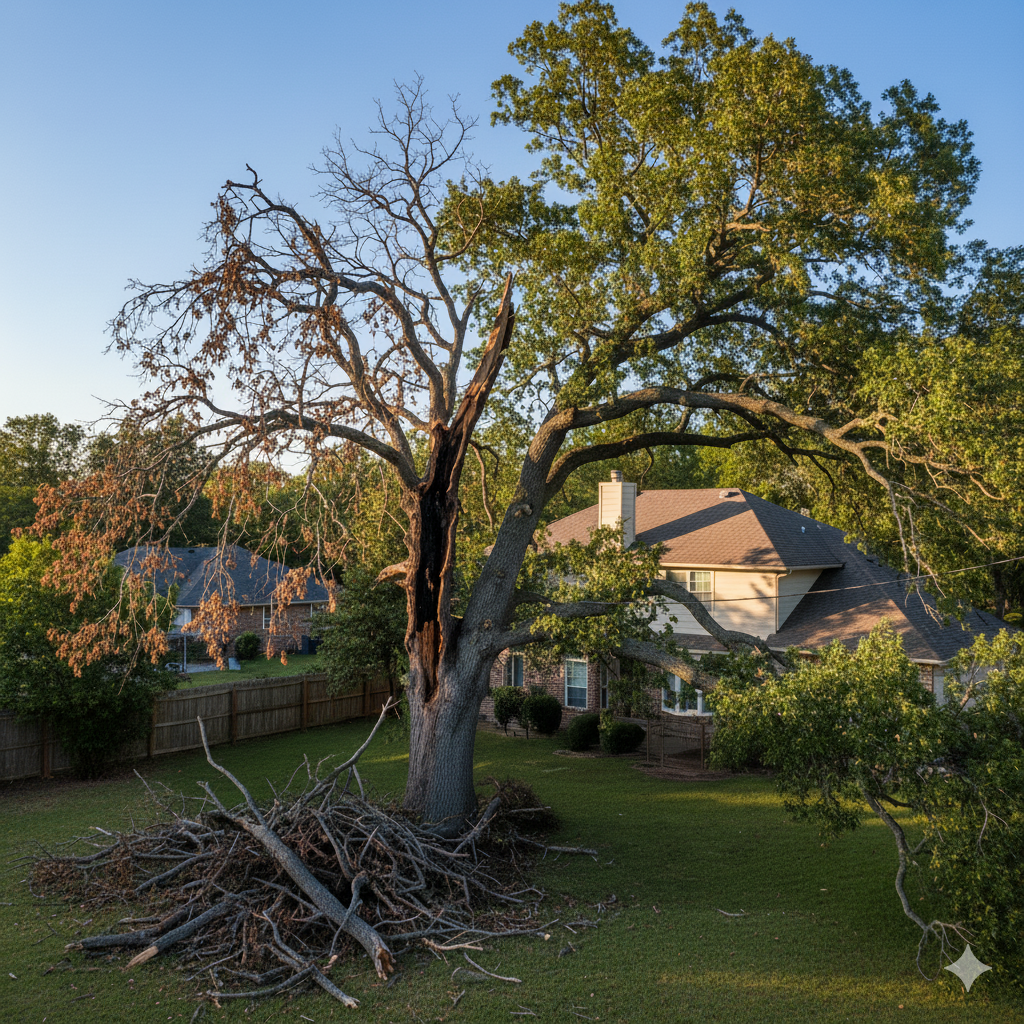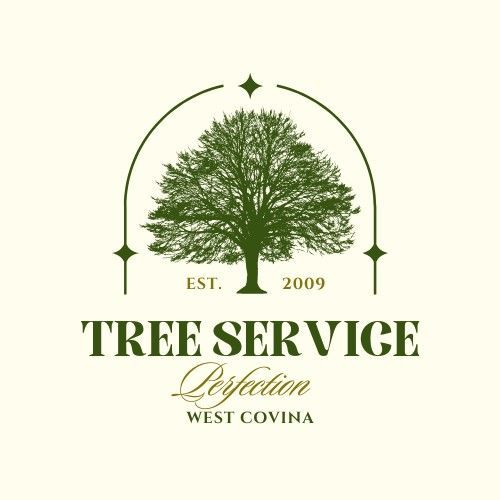Rejuvenate Your Trees After a Storm with These Smart Strategies
Storms can strike at any time, wreaking havoc on your landscape and turning your cherished trees into shattered remnants of their former glory. But don’t lose hope. Nature is incredibly resilient—and so are your trees. With the right knowledge, timing, and care, you can not only help your trees recover but also fortify them for the future. In this comprehensive guide, we’ll walk you through the smartest strategies to rejuvenate your trees after a storm—starting from assessment to full recovery—based on expert arborist recommendations and practical experience.
Need professional help? Visit our trusted Tree Service.
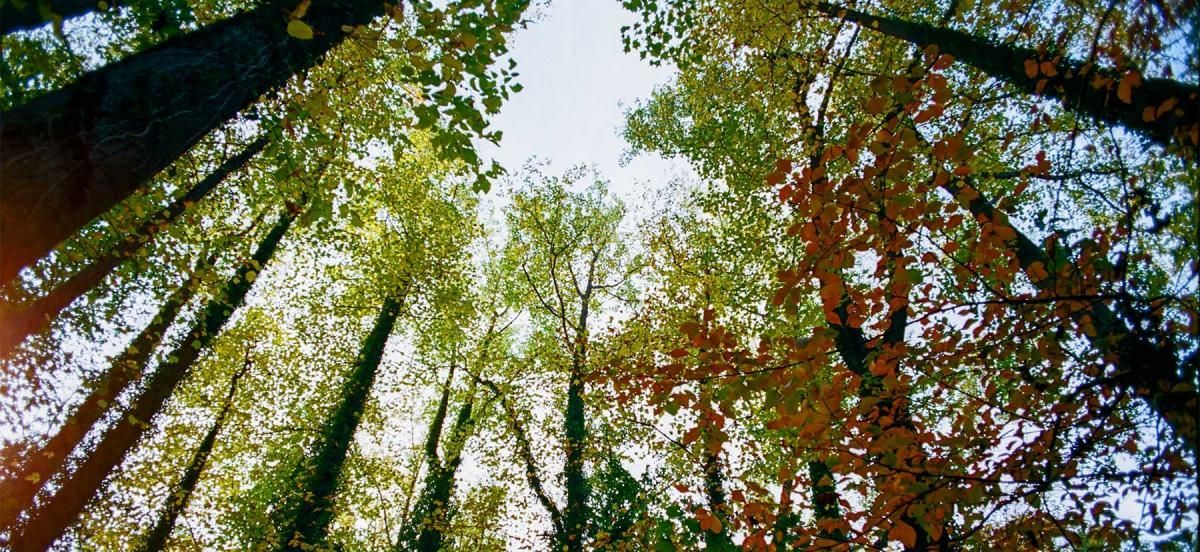
Understanding Storm Damage to Trees
Storms leave different types of imprints on trees depending on wind intensity, rainfall, and soil saturation. From split trunks to uprooted roots, every damage scenario requires a unique approach.
Types of Damage You Might See:
- Broken branches: often hanging dangerously, posing safety hazards.
- Splintered trunks: indicating structural weakness or vulnerability to pests.
- Uprooting: partial or full, potentially leading to tree death.
- Leaf stripping: reducing the tree’s ability to photosynthesize.
Understanding these signs is the first step in deciding whether to rehabilitate or remove a tree.
Common Types of Storm Damage in Urban Landscapes
Urban trees, surrounded by hardscapes and power lines, are uniquely susceptible to certain storm effects. For instance:
- Crown twisting due to uneven wind exposure.
- Soil compaction from heavy machinery during cleanup.
- Invasive pests entering fresh wounds post-storm.
Local conditions greatly affect recovery potential, so always consider the tree’s environment before making a decision.
Why Immediate Action Matters After a Storm
Delaying action can turn manageable injuries into fatal ones. For instance, a split branch can become a full trunk failure if left untreated. Quick response not only reduces hazards but also helps trees initiate their healing mechanisms sooner.
How to Assess Tree Damage Safely
Never rush into damaged areas without proper safety precautions. Here’s what to do:
- Use binoculars to examine high limbs before walking under the canopy.
- Avoid leaning or cracked trees—these could collapse suddenly.
- Check the base for root lifting or soil heaving.
When in doubt, contact a certified arborist. Contact our experts today for a quick, professional assessment.
Warning Signs of Dangerous Trees
Certain symptoms suggest a tree is beyond saving—or poses a threat:
- Deep trunk cracks
- Mushrooms or decay at the base
- Sudden lean post-storm
- Hollow sounds when tapped
Acting on these signs can prevent property damage or injury.
When to Call a Professional Arborist
Certified arborists bring knowledge, equipment, and insurance—three things homeowners often lack. Especially for large trees or those near power lines, professional help is essential.
First Things to Do After a Storm
Right after a storm, your priority should be ensuring everyone's safety. Once the danger has passed, take these steps:
- Check for downed power lines and report them.
- Take photographs of tree damage for insurance.
- Remove only small, non-load-bearing limbs if you're confident.
Avoid DIY work on large trees; this can be deadly without the right tools and knowledge.
Safeguarding Your Property and Family
Trees can collapse hours or even days after a storm. Rope off the affected area, and restrict access until it’s been professionally inspected. This ensures no injuries occur during the assessment or cleanup.
Clearing Debris the Right Way
Don’t just drag fallen limbs to the curb. Separate materials by type:
- Compostable (leaves, twigs)
- Recyclable wood
- Hazardous waste (trees near chemicals)
Proper sorting aids city cleanup efforts and prevents environmental harm.
Natural Tree Recovery Explained
Trees have an astounding ability to heal themselves through a process called compartmentalization. Instead of closing wounds like skin, they wall off damage, creating barriers against decay and infection.
Understanding Tree Wound Closure
Tree wounds don’t "heal" in the traditional sense—they seal. That’s why making clean cuts during pruning is critical. A ragged cut slows the sealing process and invites pests.
The Role of Bark and Cambium in Healing
The cambium, a thin layer of living tissue beneath the bark, is the lifeline of the tree. When it’s intact, recovery is likely. When it’s shredded, the tree’s survival chances drop significantly.
Smart Pruning Techniques Post-Storm
Effective pruning removes broken limbs while preserving the tree’s shape and health. Key tips:
- Cut just outside the branch collar.
- Never leave stubs—they decay faster.
- Sterilize tools between cuts to prevent disease spread.
When and How to Prune Broken Limbs
Timing is everything. Wait until dry weather to reduce fungal spread. Use sharp, clean tools. And don’t over-prune—removing more than 25% of a tree's crown in one season can be harmful.
Tools You Need for Safe Tree Pruning
- Bypass pruners for small branches
- Loppers for limbs up to 2 inches
- Pruning saws for larger branches
- Safety gear: gloves, helmet, goggles
Investing in quality tools makes a noticeable difference in results.
How to Help Trees Rebuild Strength
Post-storm recovery isn’t just about wounds. Trees need energy to rebuild lost canopy, resist pests, and recover.
- Water deeply once a week.
- Mulch around the base (but not touching the trunk).
- Apply a balanced fertilizer in spring.
These steps replenish lost nutrients and encourage strong root growth.
The Importance of Mulching and Watering
Mulch retains moisture, moderates soil temperature, and adds nutrients. Use organic mulch like bark or shredded leaves. Watering during droughts is vital—even months after the storm.
Tree Fertilization After a Storm
Fertilizing in early spring or late fall gives trees a head start. Choose slow-release fertilizers that don’t shock weakened roots.
Preventing Infestations After Storm Damage
Open wounds are invitations to pests like:
- Bark beetles
- Borers
- Fungus spores
Preventive spraying and early detection are critical for maintaining tree health.
Signs of Tree Disease Post-Storm
Look for:
- Unusual leaf spotting
- Wilting in healthy-looking branches
- Black or white fungus on bark
Catch problems early and consult a tree expert if in doubt.
Best Practices for Tree Fungus Management
- Prune away infected limbs.
- Use a fungicide if the infection is caught early.
- Improve drainage to reduce moisture buildup.
How to Hire a Qualified Tree Service
Not all tree services are created equal. Choose one that is:
- Licensed and insured
- Certified by the ISA (International Society of Arboriculture)
- Equipped with positive local reviews
Need help now? Book a consultation with our trusted Tree Service.
Why You Should Avoid Door-to-Door “Tree Experts”
Scammers often show up after storms. Red flags include:
- No written contract
- Demand for upfront payment
- Lack of equipment or credentials
Questions to Ask Before Hiring a Tree Company
- Are you insured?
- Can I see references?
- Will you haul away debris?
- Do you follow ANSI A300 pruning standards?
Preparing Your Trees for the Next Storm
Preventing future damage starts now:
- Remove weak or dead limbs.
- Install lightning protection on tall trees.
- Ensure young trees are staked properly.
Structural Pruning for Wind Resistance
Young trees can be trained to develop strong central leaders. For mature trees, remove co-dominant stems and reduce canopy density.
Tree Cabling and Bracing Techniques
For valuable but vulnerable trees, arborists can use:
- Cabling: Steel wires between branches to reduce movement.
- Bracing: Rods inside the trunk for added support.
These interventions can add decades to a tree's life.
The Environmental Value of Storm Recovery
Healthy trees:
- Absorb stormwater
- Reduce urban heat islands
- Sequester carbon
Helping them recover means helping the environment recover, too.
How Healthy Trees Support Biodiversity
Trees create habitats for birds, insects, and mammals. Their recovery supports entire ecosystems—right in your backyard.
Recycling Tree Debris: Green Options
Instead of dumping debris:
- Turn wood into mulch
- Donate logs to woodworking groups
- Use branches for garden fencing
Trees and Mental Wellness After Natural Disasters
A yard full of fallen trees can feel like a personal loss. Restoring green space boosts morale, reduces stress, and symbolizes new beginnings.
How Rebuilding Nature Helps Communities Heal
Shared tree-planting events or neighborhood cleanup days can help unite communities after a disaster.
Permits and Legal Concerns for Tree Work
Some cities require permits for tree removal—even after storms. Check your local ordinances before cutting anything down.
What Your City Might Require Post-Storm
- Inspection reports
- Arborist approval
- Replacement tree plans
Avoid fines by staying informed.
Frequently Asked Questions About Storm-Damaged Trees
Can a tree recover from a split trunk?
It depends on how severe the split is. If it’s minor and the cambium is still intact, cabling may help it survive.
Should I fertilize my tree immediately after storm damage?
Wait a few weeks. Let the tree stabilize before adding nutrients.
What’s the best time to prune a storm-damaged tree?
As soon as possible, but only dead, diseased, or dangerous branches. Structural pruning can wait.
How do I know if a tree is a hazard post-storm?
Signs include leaning, cracked soil, exposed roots, and splitting trunks.
Can young trees survive being uprooted?
Yes, especially if replanted quickly and watered regularly.
Is it cheaper to remove or try to save a storm-damaged tree?
It depends on the tree's value, size, and location. A certified arborist can help you weigh your options.
Rebuilding a Stronger, Greener Canopy
Storms are a natural part of life—but so is recovery. With patience, knowledge, and the right support, your trees can bounce back stronger than ever. As you clear debris, mend wounds, and support regrowth, you’re not just saving trees—you’re restoring beauty, value, and life to your property.
For expert help, reach out to our Tree Service or Contact us today.
Links:
- Tree Service: https://www.covinatreeservice.com/
- Contact: https://www.covinatreeservice.com/contact
